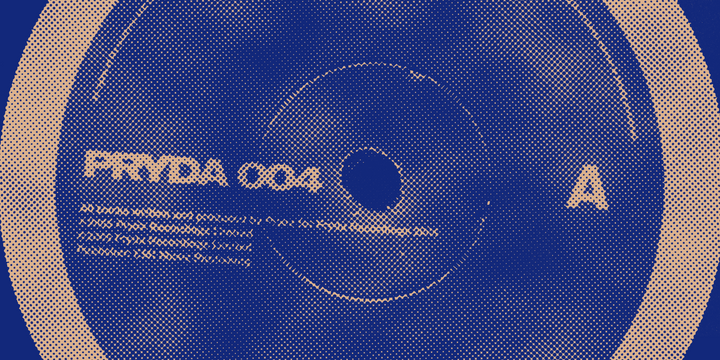Jean-Michel Jarre's "Oxygène": A Pioneering Masterpiece of Electronic Music

In 1976, Jean-Michel Jarre revolutionized the world of electronic music with the release of his groundbreaking album "Oxygène." This iconic record, consisting of six mesmerizing compositions, introduced audiences to a new sonic landscape and solidified Jarre's status as a pioneer in the genre. At its core, "Oxygène" is a musical journey that transcends time and continues to captivate listeners with its ethereal melodies and innovative soundscapes.
The album's title track, "Oxygène Part I," serves as a fitting introduction to the sonic adventure that lies ahead. From the first pulsating synthesizer notes, a sense of otherworldliness fills the air. Jarre masterfully weaves together layers of lush melodies, futuristic sound effects, and rhythmic patterns, creating a composition that evokes a sense of cosmic exploration. The track's minimalist structure and repetitive motifs establish a hypnotic atmosphere that draws the listener deeper into the sonic voyage.
Each subsequent part of "Oxygène" offers a distinct sonic landscape while maintaining a cohesive narrative. From the haunting melodies of "Oxygène Part IV" to the energetic rhythms of "Oxygène Part VI," Jarre showcases his mastery of electronic music production. The use of analog synthesizers, drum machines, and innovative recording techniques allows him to sculpt a rich sonic palette that is both timeless and groundbreaking.
One of the remarkable aspects of "Oxygène" is its ability to evoke vivid imagery through sound alone. The album takes listeners on an imaginary journey through a desolate and yet captivating landscape. The ethereal melodies and carefully crafted soundscapes transport the audience to a realm of imagination, where they can experience a range of emotions and create their own narrative. Jarre's skillful composition and attention to detail make each track a sonic painting that unfolds before the listener's ears.
"Oxygène" was a groundbreaking release not only in terms of its musicality but also for its technical achievements. Jarre's innovative use of sequencers and synthesizers pushed the boundaries of what was thought possible in electronic music at the time. The album showcased the potential of these emerging technologies and demonstrated their capacity to create intricate and emotive compositions. Jarre's pioneering work laid the foundation for the future development of electronic music and continues to influence artists to this day.
The impact of "Oxygène" extends beyond the realm of electronic music. Its success introduced a wider audience to the possibilities of synthesizers and helped popularize the genre. The album's fusion of classical influences and futuristic soundscapes broadened the horizons of what was considered acceptable in popular music, paving the way for the acceptance of electronic music as a legitimate art form.
Decades after its initial release, "Oxygène" remains a timeless masterpiece that continues to inspire and captivate. Its influence can be heard in the works of numerous electronic artists, and its melodies have become embedded in the collective consciousness of entire genres (not in the least of which is the Synthwave community and it's nostalgic aesthetic). The album's ability to transcend time and connect with listeners on a profound level is a testament to Jarre's artistry and the enduring power of his musical vision.
In conclusion, Jean-Michel Jarre's "Oxygène" is a groundbreaking album that forever altered the landscape of electronic music. With its ethereal melodies, innovative soundscapes, and imaginative storytelling, the album continues to captivate listeners and inspire generations of musicians. "Oxygène" stands as a testament to Jarre's pioneering spirit and his ability to push the boundaries of what is possible in music. Much like his contemporaries (the iconic Vangelis who penned the "Bladerunner" and "Chariots of Fire" soundtracks), Jarre goes down as a titan of synth music history.


